How to Prepare Isinglass
Part 1 of 3:
Soaking the Bladders
-
 Purchase dried and unclotted sturgeon swim bladders. You can purchase sturgeon bladders online or from some artist supply stores. Before using the bladders, inspect them to make sure they're free of blood clots and other large blemishes.[1]
Purchase dried and unclotted sturgeon swim bladders. You can purchase sturgeon bladders online or from some artist supply stores. Before using the bladders, inspect them to make sure they're free of blood clots and other large blemishes.[1]- Hake, cod, or other fish with swim bladders can work as an alternative. Sturgeon bladders are, however, most commonly used.[2]
-
 Put the swim bladders in a container filled with room temperature water. The amount of water should be in an approximate 1:10 swim bladder-to-water ratio. Place the container somewhere that it can sit undisturbed while the water softens the swim bladders.
Put the swim bladders in a container filled with room temperature water. The amount of water should be in an approximate 1:10 swim bladder-to-water ratio. Place the container somewhere that it can sit undisturbed while the water softens the swim bladders.- A glass container is ideal so you can keep an eye on the swim bladders while they soak.
- Pour the water and swim bladders into a container with mL markings on the side. This will help you pour the water more accurately.
-
 Soak the swim bladders for 24 hours. Let the swim bladders soak for approximately 1 day. After 24 hours, the swim bladders should be easily pulled apart and spongy to the touch.[3]
Soak the swim bladders for 24 hours. Let the swim bladders soak for approximately 1 day. After 24 hours, the swim bladders should be easily pulled apart and spongy to the touch.[3]- Cutting the swim bladders into smaller pieces can help the isinglass soak up water.
-
 Knead the swim bladders into a thick paste. Using your hands, work the swim bladders into a paste. Continue kneading until the paste is a consistent, doughy texture and contains no larger chunks.[4]
Knead the swim bladders into a thick paste. Using your hands, work the swim bladders into a paste. Continue kneading until the paste is a consistent, doughy texture and contains no larger chunks.[4]- Leave the swim bladders in the container while you knead them.
- If you have smaller flakes in the paste that you can't work out with your hands, don't worry. These inconsistencies will be filtered out after boiling.
Part 2 of 3:
Simmering the Paste
-
 Set up a double boiler. Fill the bottom part halfway with water, then set it on a stovetop burner. Place the top part of the double boiler onto the bottom part.[5]
Set up a double boiler. Fill the bottom part halfway with water, then set it on a stovetop burner. Place the top part of the double boiler onto the bottom part.[5]- If you don't have a double boiler, you can make one as an alternative. To make your own double boiler, fill a pot with water and put it over your stovetop. Place a thick wooden block in the water. Set a glass beaker on top of the wooden block to keep it afloat while you boil the swim bladder paste.
-
 Fill the glass beaker or double boiler with the swim bladder paste and water. This water should be the same water you used to fill the container while the swim bladders soaked. Do not add more water, as too much can dilute the paste.
Fill the glass beaker or double boiler with the swim bladder paste and water. This water should be the same water you used to fill the container while the swim bladders soaked. Do not add more water, as too much can dilute the paste. -
 Let the swim bladder paste simmer at 140 °F (60 °C). Turn on the stovetop to begin heating the paste. Keep the temperature consistent, as overheating the paste can damage its consistency. Use a thermometer to monitor the water temperature, checking it every few minutes as needed.[6]
Let the swim bladder paste simmer at 140 °F (60 °C). Turn on the stovetop to begin heating the paste. Keep the temperature consistent, as overheating the paste can damage its consistency. Use a thermometer to monitor the water temperature, checking it every few minutes as needed.[6]- Keep a glass of cold water on hand to cool the water in the bottom part of the double boiler if necessary.[7]
-
 Stir the swim bladder paste for 45 minutes. Use your thermometer or a spoon to stir the paste for about 45 minutes. Continue stirring until the paste completely dissolves and turns the water a milky white color.[8]
Stir the swim bladder paste for 45 minutes. Use your thermometer or a spoon to stir the paste for about 45 minutes. Continue stirring until the paste completely dissolves and turns the water a milky white color.[8]- You should stir the swim bladder paste consistently for the entire 45 minutes.
Part 3 of 3:
Filtering and Drying Isinglass
-
 Filter the isinglass glue through a nylon stocking. Place a nylon stocking over the top of a glass container and pour the isinglass glue into it. The stocking should catch any residual inconsistencies and help make the glue smooth.[9]
Filter the isinglass glue through a nylon stocking. Place a nylon stocking over the top of a glass container and pour the isinglass glue into it. The stocking should catch any residual inconsistencies and help make the glue smooth.[9]- If you do not have a nylon stocking, you can use a cheesecloth or a coffee filter as an alternative.
-
 Pour the glue onto a non-stick mylar sheet. Place the mylar sheet on a flat surface where it can stay for 1-2 days undisturbed. Spread the glue over the mylar sheet with a spoon or spatula to prevent areas of pooling that will take longer to dry.[10]
Pour the glue onto a non-stick mylar sheet. Place the mylar sheet on a flat surface where it can stay for 1-2 days undisturbed. Spread the glue over the mylar sheet with a spoon or spatula to prevent areas of pooling that will take longer to dry.[10]- As an alternative, you can also pour the isinglass glue in small, even dots. This will remove the need to cut the sheet later on.[11]
- Although a mylar sheet is traditional, you can also spread the isinglass over a polyester plastic sheet as an alternative.
-
 Let the isinglass dry for 12-24 hours. Depending on the room's temperature, drying the isinglass should take between 12-24 hours. Leave the isinglass undisturbed while it dries to prevent damaging or contaminating it.[12]
Let the isinglass dry for 12-24 hours. Depending on the room's temperature, drying the isinglass should take between 12-24 hours. Leave the isinglass undisturbed while it dries to prevent damaging or contaminating it.[12]- Set up a plastic cover over the isinglass to keep it away from dust and impurities.
-
 Cut the dried isinglass into pieces. Isinglass is easier to store if you cut it in pieces instead of a large sheet. The isinglass pieces should be a size small enough for all of them to fit in your storage container.[13]
Cut the dried isinglass into pieces. Isinglass is easier to store if you cut it in pieces instead of a large sheet. The isinglass pieces should be a size small enough for all of them to fit in your storage container.[13] -
 Store the isinglass in an airtight container. Isinglass will keep best if tightly sealed in a cool, dry atmosphere like a pantry or cupboard. Leave the isinglass in storage until you're ready to use it. If stored correctly, isinglass can keep for up to several years.[14]
Store the isinglass in an airtight container. Isinglass will keep best if tightly sealed in a cool, dry atmosphere like a pantry or cupboard. Leave the isinglass in storage until you're ready to use it. If stored correctly, isinglass can keep for up to several years.[14]- Isinglass is traditionally used for clarifying alcoholic drinks, restoring art, and conserving parchment.
5 ★ | 3 Vote
You should read it
- Top 5 best water toothpick machines today
- Water will become 'poison' if taken at 5 times later
- Get water into your ear after swimming properly according to expert's instructions
- What is the best RO water purifier?
- Should I use a water cleaner?
- What is the difference between distilled water, spring water and pure water?
- What is the best, cheapest water toothpick?
- Common problems on the heater and how to fix it
May be interested
- Mac OS X 10.7 Lion: Steps to prepare for upgrading
 the article provides the best way to prepare for upgrading your mac to mac os x version 10.7 (lion).
the article provides the best way to prepare for upgrading your mac to mac os x version 10.7 (lion). - What do you need to prepare for iPhone while waiting for iOS 11.3?
 the official ios 11.3 update may be released by apple in the coming weeks, from then on there are quite a few things you need to prepare for your iphone and ipad.
the official ios 11.3 update may be released by apple in the coming weeks, from then on there are quite a few things you need to prepare for your iphone and ipad. - Computer management with Windows Intune - Part 2: Prepare the environment
 in this article, i will show you how to prepare the environment and deploy client software for managed computers.
in this article, i will show you how to prepare the environment and deploy client software for managed computers. - How to Prepare to Compete in a Motorcycle Road Race
 motorcycle road races can be very fun to participate in. however, you need to take the proper steps to prepare, legally and by developing your skills, or they can be very dangerous. anyone can become a licensed rider and compete in a race...
motorcycle road races can be very fun to participate in. however, you need to take the proper steps to prepare, legally and by developing your skills, or they can be very dangerous. anyone can become a licensed rider and compete in a race... - What to prepare for iPhone before going abroad?
 when traveling abroad, your phone is an indispensable companion for everything - like navigating, communicating, keeping memories or accessing important documents.
when traveling abroad, your phone is an indispensable companion for everything - like navigating, communicating, keeping memories or accessing important documents. - Prepare for your baby: 5 ways to get children interested in programming
 if you want to prepare your 'preschool' generation for an early future, then you should definitely consider the area of the most exciting, creative and rewarding activity of the 21st century right now - that is programming.
if you want to prepare your 'preschool' generation for an early future, then you should definitely consider the area of the most exciting, creative and rewarding activity of the 21st century right now - that is programming. - Tips for Organizing a Peaceful and Fun Family Reunion
 this article has compiled the things to do, helping you to start implementing the plan so you can focus on enjoying the family party. below are the things to prepare for the big family gathering.
this article has compiled the things to do, helping you to start implementing the plan so you can focus on enjoying the family party. below are the things to prepare for the big family gathering. - Beautiful Wedding Background
 weddings are the biggest and happiest day of each of us. to prepare for the wedding, in addition to decoration, the stage, we need to prepare beautiful background patterns to highlight the stage, photo album. in today's article, tipsmake.com provides readers with the most beautiful and unique wedding background templates.
weddings are the biggest and happiest day of each of us. to prepare for the wedding, in addition to decoration, the stage, we need to prepare beautiful background patterns to highlight the stage, photo album. in today's article, tipsmake.com provides readers with the most beautiful and unique wedding background templates. - Prepare Active Directory for Exchange 2007 (Part 1)
 before installing exchange 2007 you need to learn some steps to take to prepare an active directory environment to receive exchange 2007.
before installing exchange 2007 you need to learn some steps to take to prepare an active directory environment to receive exchange 2007. - iPhone 6 is not yet available but Apple has prepared a chip for iPhone 7
 although the iphone 6 has not yet been released, it seems that apple has begun to take steps to prepare for the iphone 7 next year.
although the iphone 6 has not yet been released, it seems that apple has begun to take steps to prepare for the iphone 7 next year.
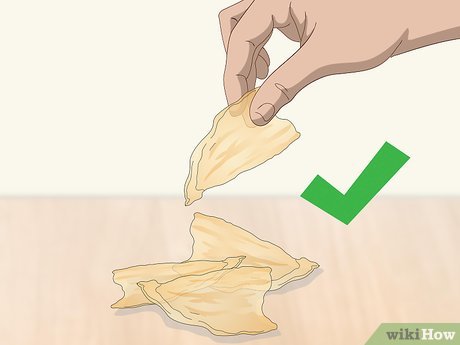
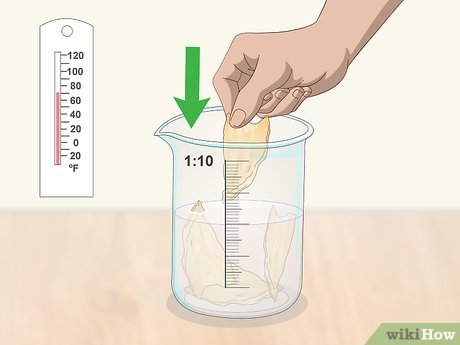
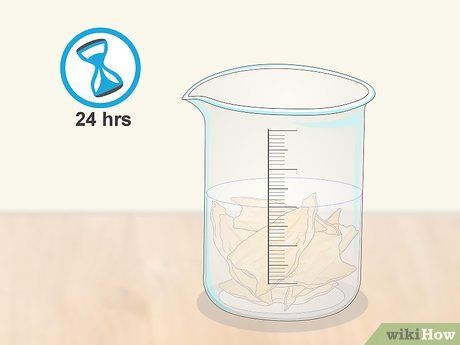
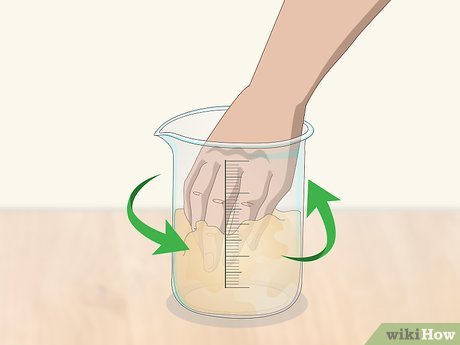
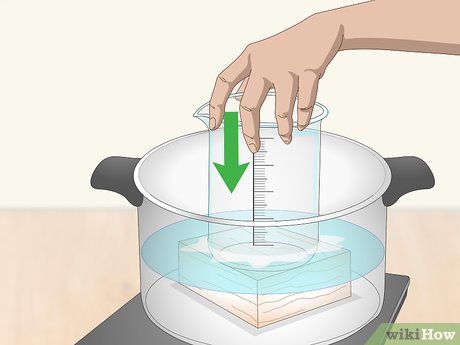
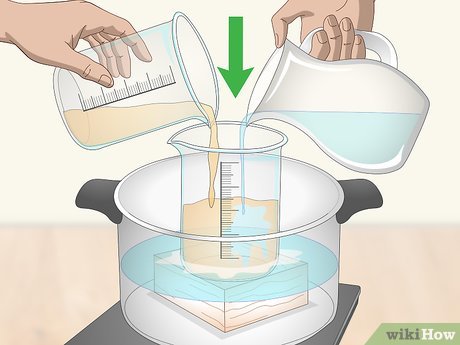
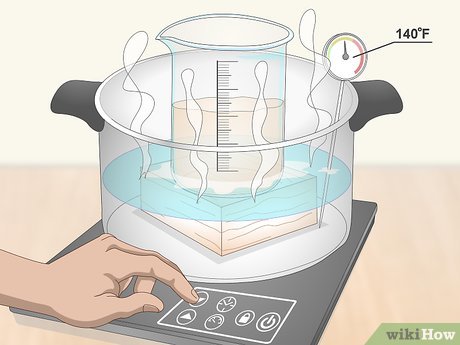
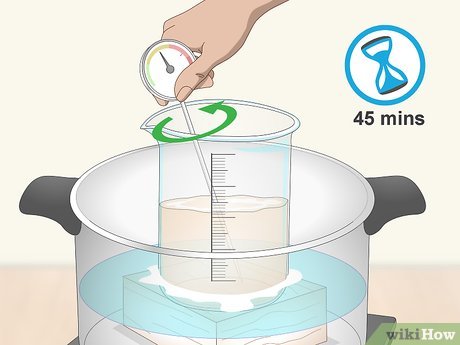
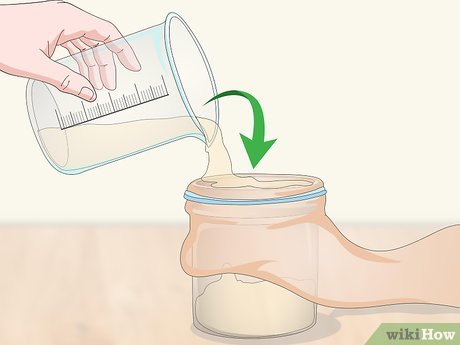
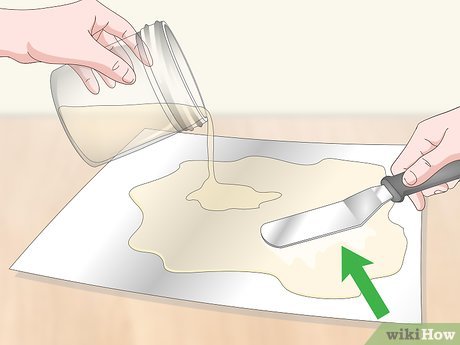
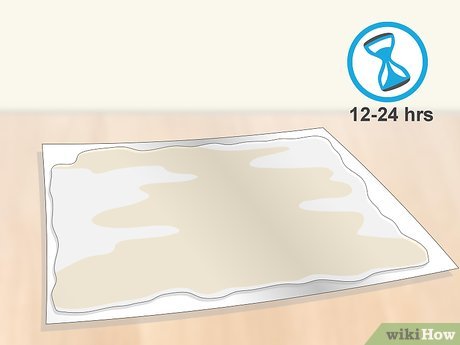
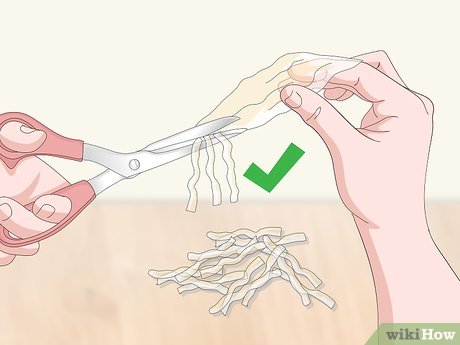
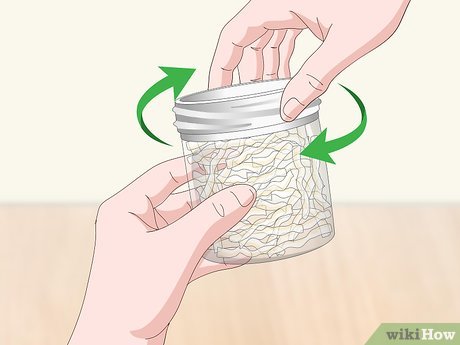










 How to Promote Your Art Online
How to Promote Your Art Online How to Find Romantic Arts and Crafts to Do Together
How to Find Romantic Arts and Crafts to Do Together How to Batik
How to Batik How to Find Your Own Art Style
How to Find Your Own Art Style How to Copyright Your Artwork
How to Copyright Your Artwork How to Sign a Painting
How to Sign a Painting